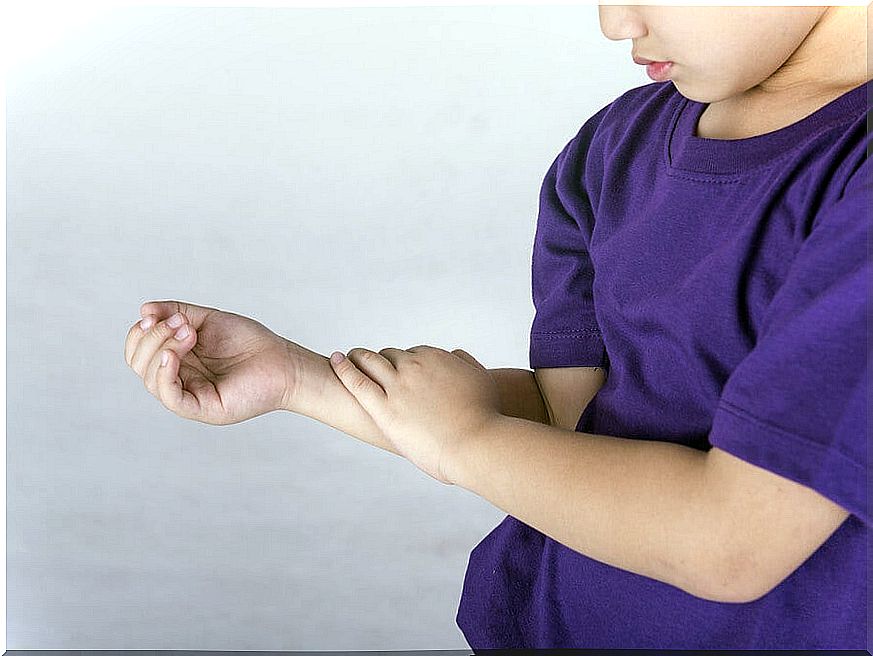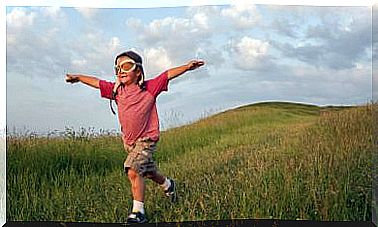Types Of Moles: How To Identify Them
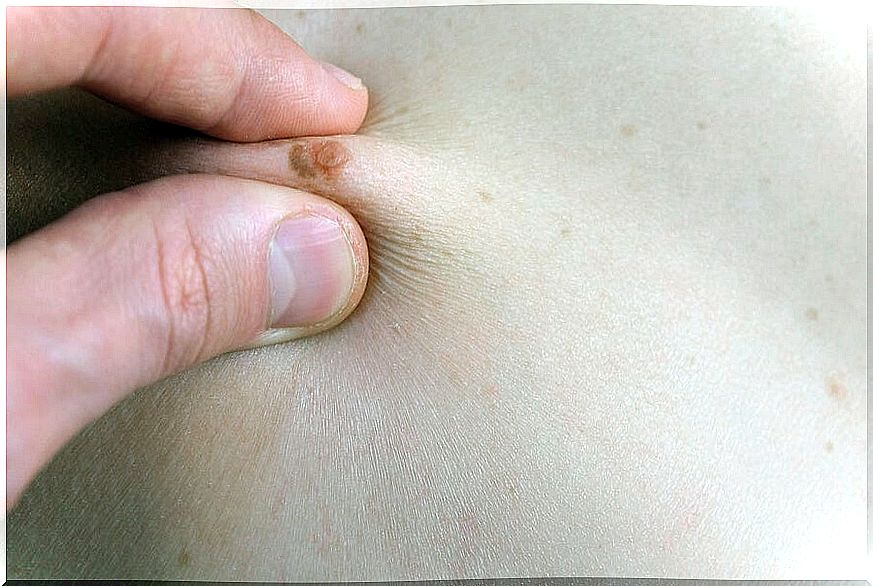
Moles, or according to its scientific name melanocytic nevus, are spots on the skin of different shades and shapes that are present in all human beings. As their shape and color tend to vary, it is important that they can be differentiated between the types of moles, since not all of them are benign.
It is estimated that, at birth, children have an average of ten moles on their skin, which is relatively low. Those most susceptible to presenting these spots are people with fair complexions.
These moles may grow, change or even disappear ; Everything will depend on the care provided, genetic factors and changes in your health; because moles are, theoretically, alterations in the tissues.
Taking these considerations, a decalogue with the types of moles and how to identify them is presented below. In this way, you can take care of your little one’s skin from an early age and you can also instruct him to tell you about any particularity or change that he observes.
Types of moles: how to identify them
There are several considerations you should know about moles before you evaluate their physical characteristics. Healthy moles or common nevi are asymptomatic; This means that they should not itch, burn, ooze, swell, or make the skin around them red or pale.
With these first descriptions of what a healthy mole encompasses, you can get a first idea about how to identify if there is an abnormality in your little one’s skin. Now, it’s time for us to focus on its shape and color.
Shape
Moles have a circular appearance with fairly well defined edges; They can also be oval in shape. Its diameter does not exceed 5 millimeters in width, the maximum size estimated as that of a pencil eraser.
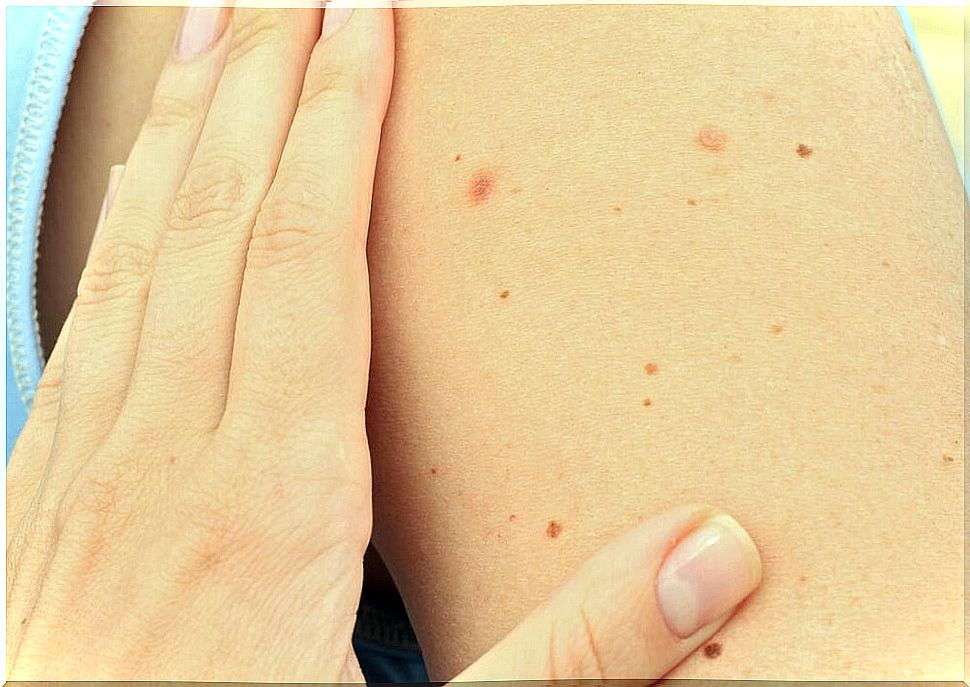
There are two types of moles according to their shape: the smooth ones, which are usually the most recurrent, and also those with elevation. By popular tradition, it is considered that, if a mole presents a palpable relief or grows, it can mask a melanoma or some other problem. This consideration is not true at all.
Although when talking about abnormalities in the moles, the irregularity of the shape may come up, it will only be the criteria of the dermatologist that will determine its true nature.
Moles should not be removed and not touched in any way unless they are itchy, burning, or oozing. In any case, it will be the specialist in an outpatient intervention who must carry out the process.
Colour
With regard to color, they are generally presented in a palette linked to ocher or brown tones, also including black, blue and red in the so-called blood spots.
The color of the moles can also be a possible indication of alterations. However, as we mentioned when we talked about the shape, if the mole is asymptomatic, in theory there is nothing to fear.
The color of the mole will also be closely related to the person’s skin tone. Caucasians and blondes have been identified as having moles in shades of pink to light brown; meanwhile, people with black hair or brown complexion have dark brown and black nevi.
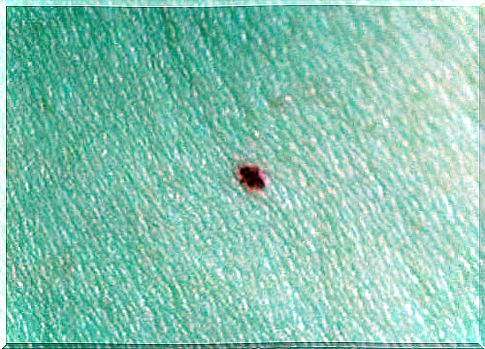
How to identify abnormalities
It is very rare for a healthy mole to turn into melanoma; Exceptional conditions must be in place for this to occur. It is also true that certain individuals are more likely to suffer from this condition, specifically those with very fair skin, those who expose themselves to the sun without protection or, for example, those with more than fifty moles.
It is important to note that, although it is good for you to identify if there are changes or alterations in your child’s moles, only the dermatologist will have the ability to determine the exact condition of the mole and the type of care it deserves.
Therefore, if your little one has more than ten moles on his skin, take him for a routine checkup with the specialist doctor to guide you correctly on this issue.
In conclusion, it is worth noting that, in all cases, moles in children are benign. However, its changes and alterations do have a direct relationship with indiscriminate exposure to the sun and without protection. Prevention and skin care will always be excellent allies for children to have healthy skin.
